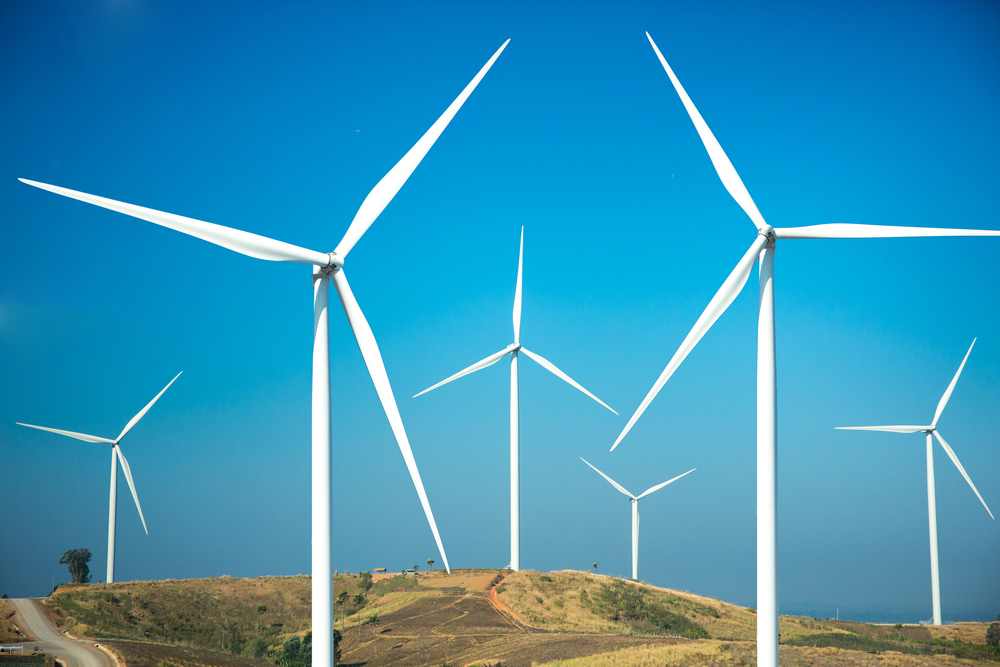Vietnam to Boost Power Capacity With $136.3bn Investment by 2030
Vietnam plans to significantly boost its power generation by 2030 through a revised national power plan, emphasizing renewable energy and the reintroduction of nuclear power. The initiative, requiring a $136.3 billion investment, represents over a quarter of Vietnam’s 2024 GDP and aims to reduce dependence on coal, which currently dominates the energy sector.
The government targets an increase in installed power capacity from over 80 gigawatts (GW) in 2023 to between 183GW and 236GW by 2030. A key component is the revival of nuclear power, with initial plants expected to generate up to 6.4GW between 2030 and 2035. By mid-century, an additional 8GW is planned. The nuclear program, paused in 2016 due to safety concerns and financial limitations, is now being re-evaluated, with interest in small modular reactors noted for their potential cost efficiency.
Vietnam is collaborating with international partners, including Russia, Japan, South Korea, France, and the United States, for nuclear projects.
The power plan also prioritizes renewable energy growth. Solar power is projected to account for 25.3% to 31.1% of capacity by 2030, up from 23.8% in 2020. Wind energy is expected to contribute 14.2% to 16.1%, a significant rise from near-zero levels. Offshore wind projects, targeting 6GW to 17GW by 2035, are planned, though no such facilities are currently operational.
To balance the energy mix, coal-fired plants will be reduced to 13.1% to 16.9% of capacity, while liquefied natural gas plants will comprise 9.5% to 12.3%. The government stated: “This plan ensures sustainable energy development while meeting growing demand and environmental goals.” The strategy reflects Vietnam’s commitment to diversifying its energy sources and enhancing capacity to support economic growth.





